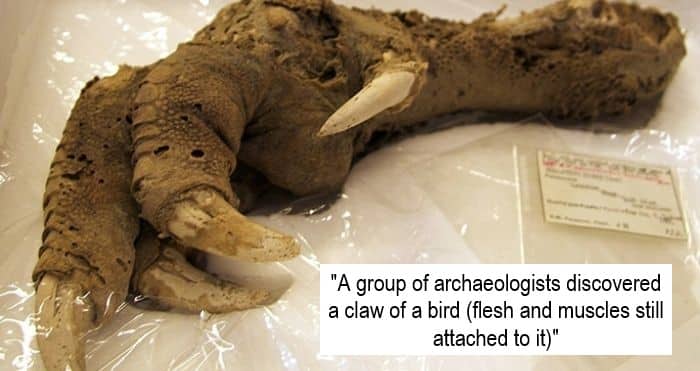The Earth is 4.54 billion years old. There is more to learn about our home planet than what we were taught in school. When a photo of a huge bird claw appeared online, people were astounded.
The New Zealand Speleological Society discovered the giant claw in 1987. They discovered a huge find in the cave systems of Mount Owen. It looked like a claw from a dinosaur. It had muscles and skin tissues attached to it, much to their surprise.
Archaeologists found a huge bird claw in the cave systems of Mount Owen in New Zealand over three decades ago.
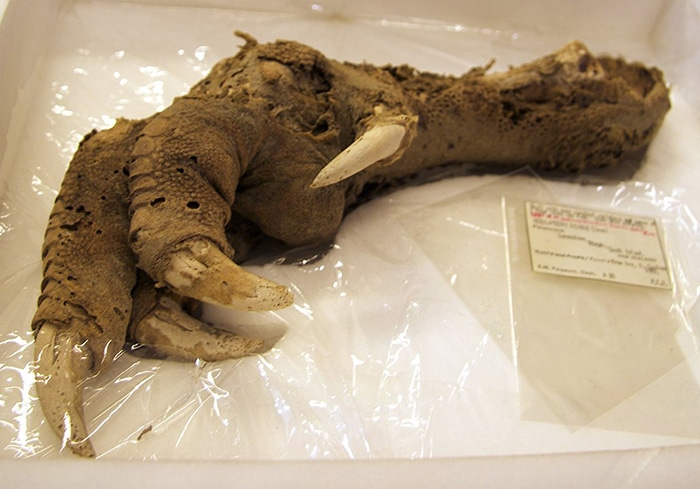
The talon belonged to an extinct flightless bird called moa. Approximately 700 to 800 years ago, moas became extinct in New Zealand. The moa claw must have been over three thousand years old when it was discovered.
The claw belonged to a flightless species called moa.
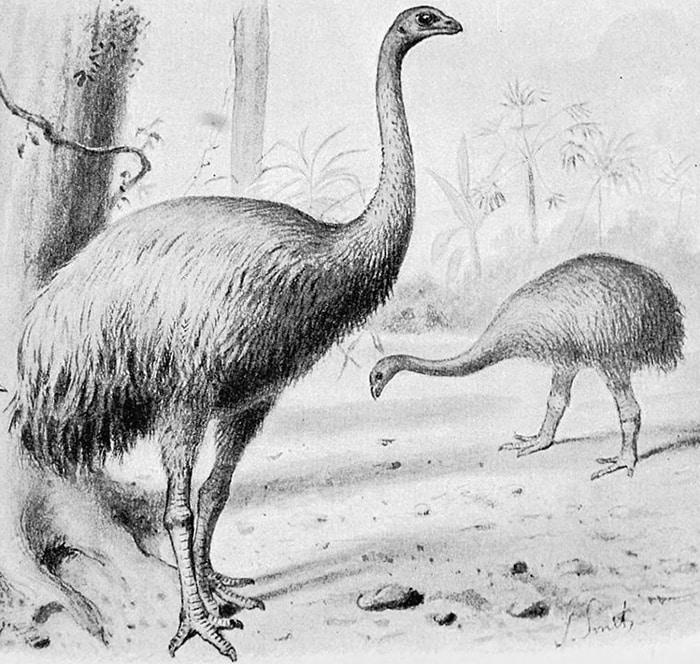
Around 80 million years ago, the ancient supercontinent Gondwana was where Moas’ ancestors most likely began. Derived from the Polynesian word for fowl, moas had three families, six genera, and nine species. Some of the species were larger than a turkey, while others were smaller. The two largest species had a height of about 12 feet and a weight of 510 pounds.
There were different sizes of moas, with some as small as a turkey and others as large as an animal.
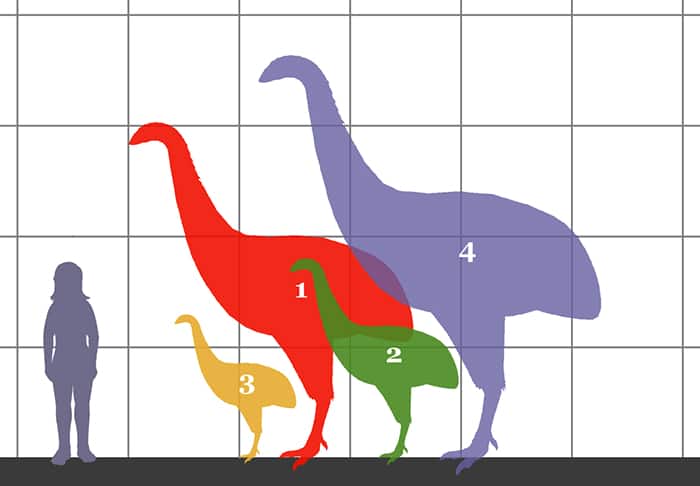
The remains of the birds have shown that they were mostly grazers and browsers, eating mostly fruits, grass, leaves, and seeds. The flighted South American tinamous are a sister group to ratites. The nine species of moa were the only birds without vestigial wings.
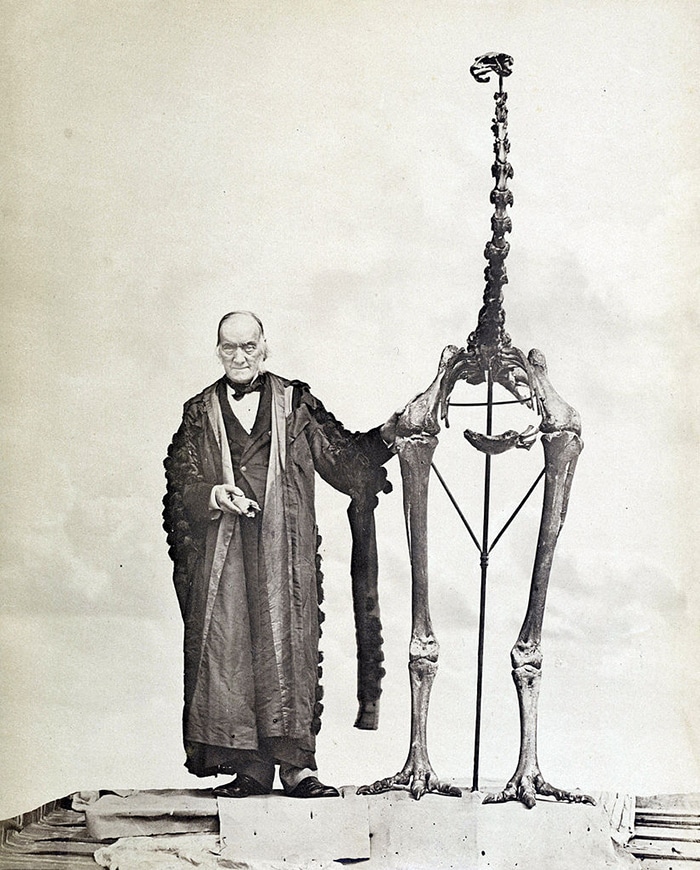
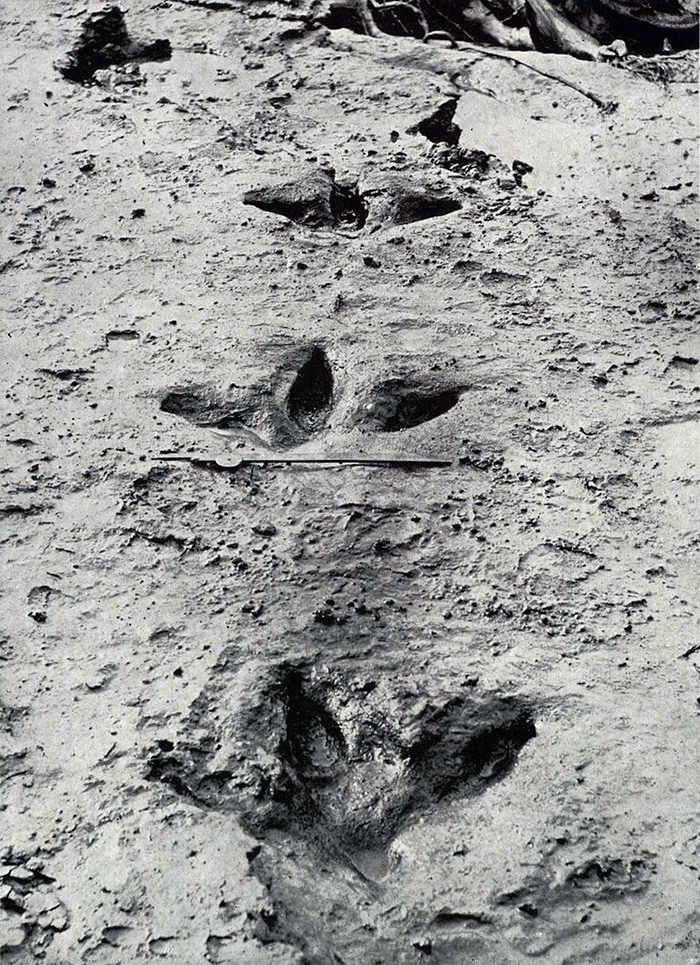
The forests of New Zealand used to be dominated by Moas. The only predator prior to human arrival was the Haast’s eagle. The Polynesians arrived in the early 1300s. After that, moas and the Haast’s eagle became extinct.
After humans arrived on the island, they became extinct.
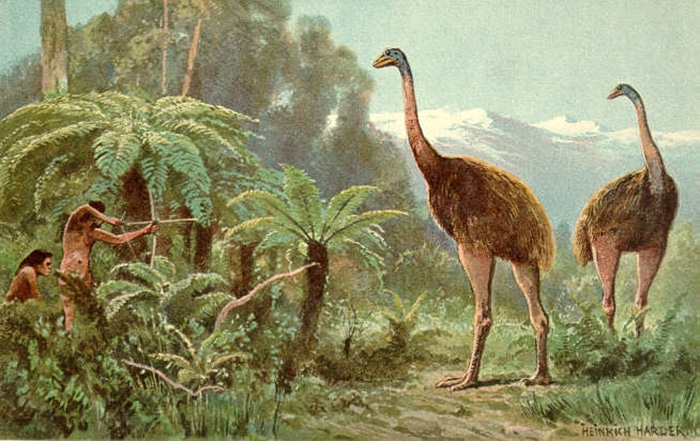
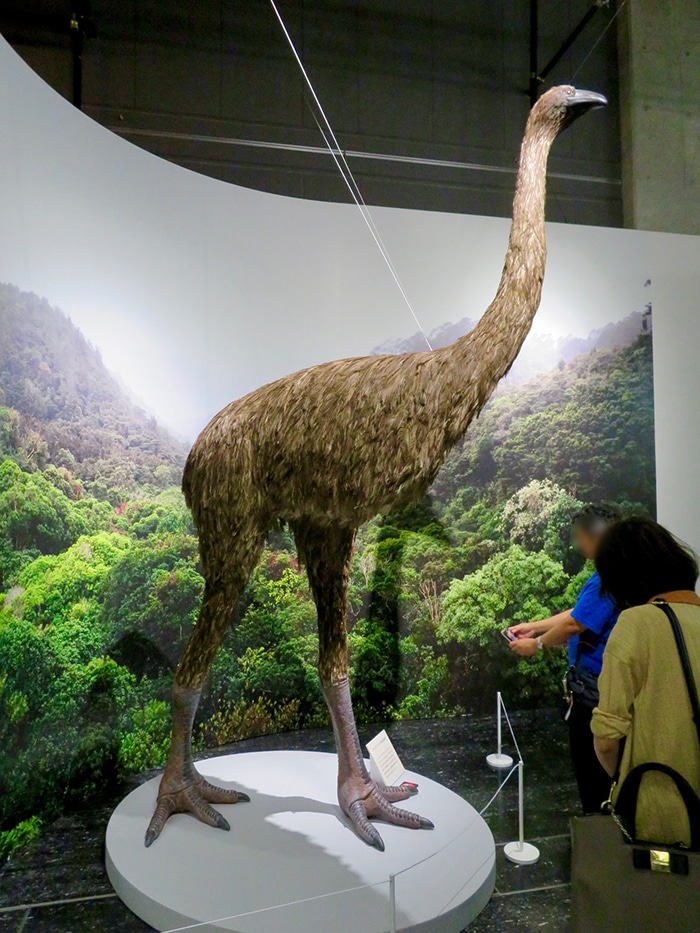
Many scientists claimed that their extinction was due to hunting. Apparently, a paleozoologist known for his research on moa agreed with this presumption.
“The inescapable conclusion is these birds were not senescent, not in the old age of their lineage and about to exit from the world. Rather they were robust, healthy populations when humans encountered and terminated them.”
The remains of these species may serve as a reminder for us to protect other remaining species.
The online community reacted to the discovery.
The way #2020 has been going that thing is going to come back to life and threaten the existence of all mankind! PUT IT BACK!!!
— Ari Solomon (@aripsolomon) July 27, 2020
For the most part humans hunted them to extinction because 1) food 2) the bird would eat infants n toddlers so, Polynesians technically fought them for habitat as well
— BurninTrees (@trees_burnin) July 27, 2020
Hey let's bring it back using its DNA and then open a theme park….
— Waffle professional (ex-parody-not-parody) (@waffleselbolson) July 27, 2020
no matter what you do, don't clone it. not in 2020. we've had ENOUGH
— RazKurdt (@RazKurdt) July 27, 2020
https://twitter.com/DaleRadio/status/1288181124364210177?s=20&t=QwpgW8IvkREuUBit9n9nYQ
Curious – That seems like a long time for muscle to remain intact. How long can muscle last before it breaks down?
— EncoreUneFois (@Atom_2020) July 27, 2020


